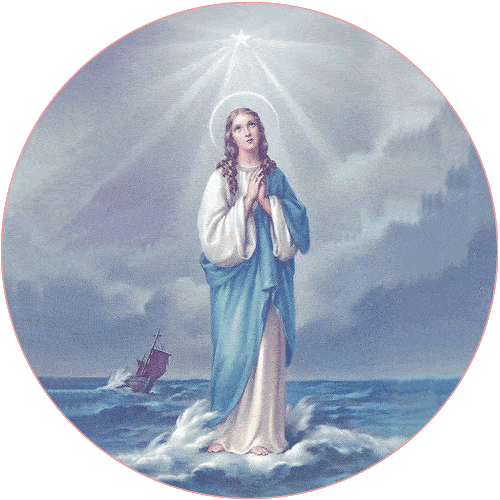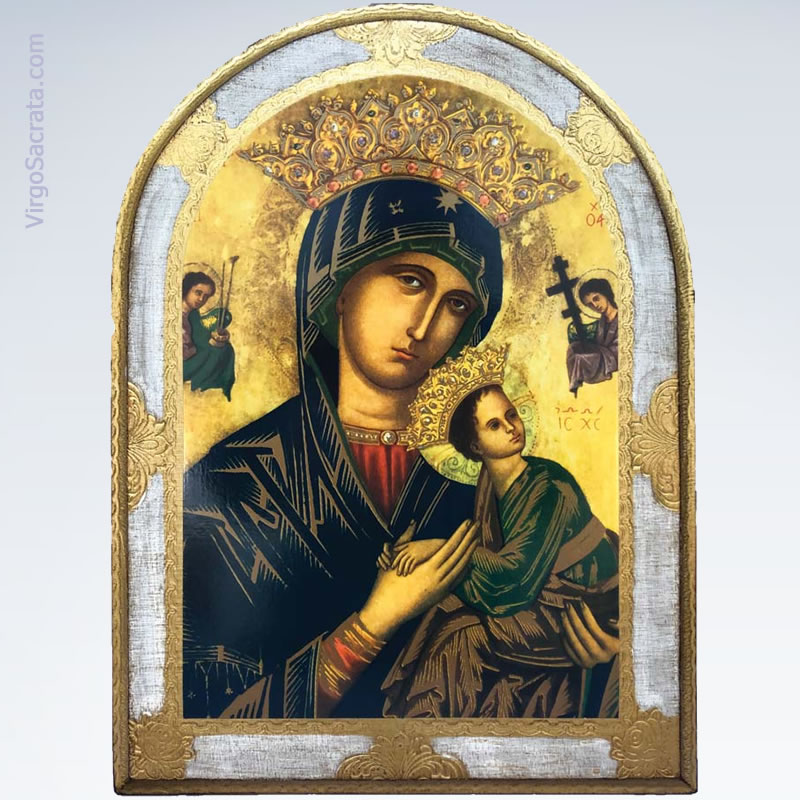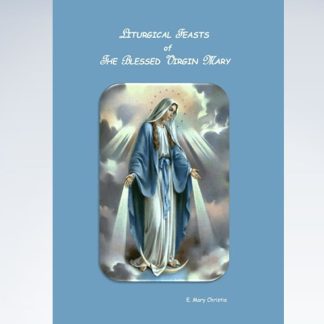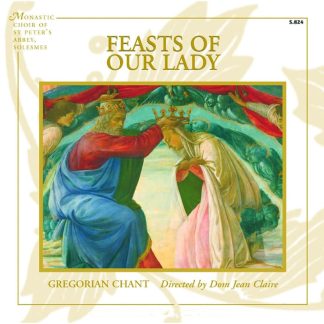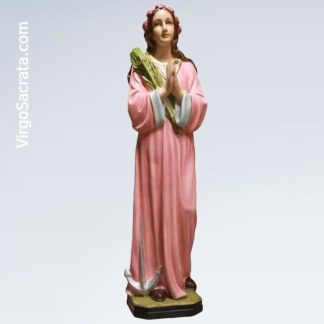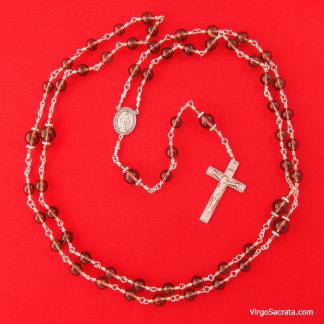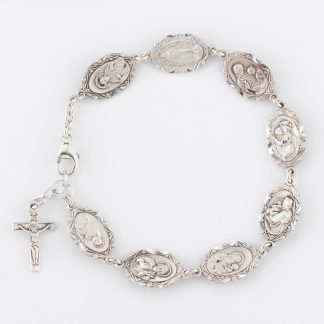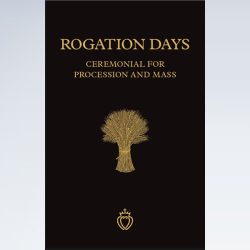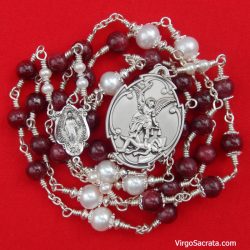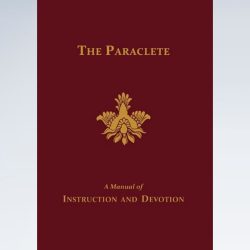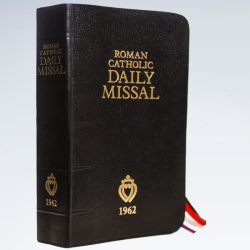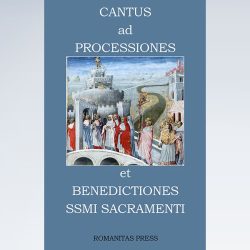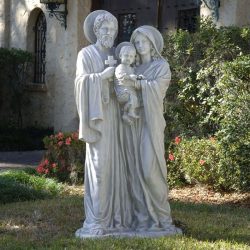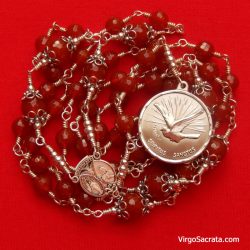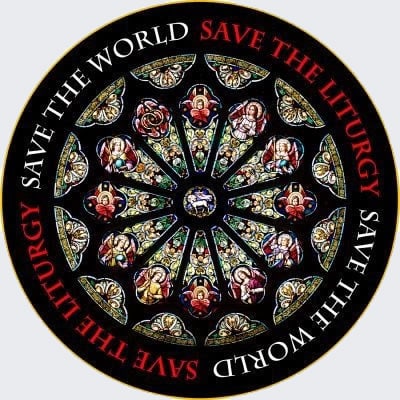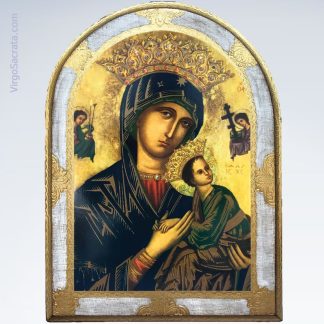Our Lady of Perpetual Help Florentine Plaque is a perfect devotional art for any church inspiring faith and devotion to the Blessed Virgin Mary. The original picture of Perpetual Help is an icon, done in the Byzantine manner on a tablet of hardwood. Because of its oriental origin, the dark oriental features of Our Lady, its oriental conception of the shining mystery of the Divine Maternity.
Our Lady of Perpetual Help Florentine Plaque is hand-crafted in Italy.
“From Crete to Rome, through Rome to the farthest corners of the earth has spread the devotion to this miracle-working image. The title “Perpetual Help” is of Mary’s own choosing so that all her children everywhere might feel free to call on Her at all times in all their needs. The Church celebrates the feast of Mary as the Mediatrix of all graces. Millions recognize this truth when they salute Her as OUR MOTHER OF PERPETUAL HELP. ” ~ The Redemptorist Fathers, 1948.
Our Lady of Perpetual Help Instructions
- Place a picture of Our Lady of Perpetual Help in a prominent place in your house, and before the picture two beeswax candles, which should be burning while the prayers of the Novena are being recited.
- Say nine Hail Marys each day of the Novena, with one of the prayers.
- If possible, have all the members of your family join in the Novena.
- Perform little acts of self-denial. Give alms to some poor person or assist in other good works.
- Make some promise to Our Blessed Lady, should the request be granted, for instance, to have a Mass of Thanksgiving said in her honor.
- Receive the Sacraments of Penance and Holy Communion during the Novena, thereby rendering yourself more worthy to obtain the favor asked.
A Novena in honor of Our Lady of Perpetual Help may be made at any time during the year; but it is very appropriate to make it during the nine days preceding the principal feasts celebrated by the Church in her honor, which are the following:
- The Purification, Feb. 2. Novena begins January 24
- The Annunciation, Mar. 25, Novena begins March 16
- Feast of Our Lady of Perpetual Help, the Sunday preceding June 24.
Novena begins Friday of the foregoing week - The Visitation, July 2, Novena begins June 23
- The Assumption, August 15, Novena begins August 6
- The Nativity, September 8, Novena begins August 30
- The Presentation, November 21, Novena begins November 12
- The Immaculate Conception, December 8, Novena begins November 29
About Florentine Wall Art
Florentine wall art has been around for hundreds of years. When it first developed in the 14th and 15th centuries, in and around Florence, Italy, the gilding with gold leaf of a heavy wood frame was used to highlight an original painting that it surrounded. As prints of originals became more widely available and the demand from the public increased, a more affordable process came about; that of decorating a wood board with gold leaf surrounding the print. In order to make the final outcome as beautiful as possible, a labor intensive process soon developed.
First, a board was cut on which to mount the print, as different shapes of boards worked better with different prints. Next the unfinished wood is coated with a white paste which is allowed to dry. Gold leaf or gold paint is applied to the outer edges of the board.
The gold leafing adds 25-30% to the cost as it contains real gold which adds to the brightness and luster of the piece. The print is glued onto the board and then the real craftsmanship that was developed over many years begins. The reason for applying the white paste in an earlier stage is so that the artisans can use the many different tools that they have to put lasting, physical impressions into the borders surrounding the print. The final touch is then applied, coating the entire piece with a very light antique lacquer to give it an “Old World” feel.
